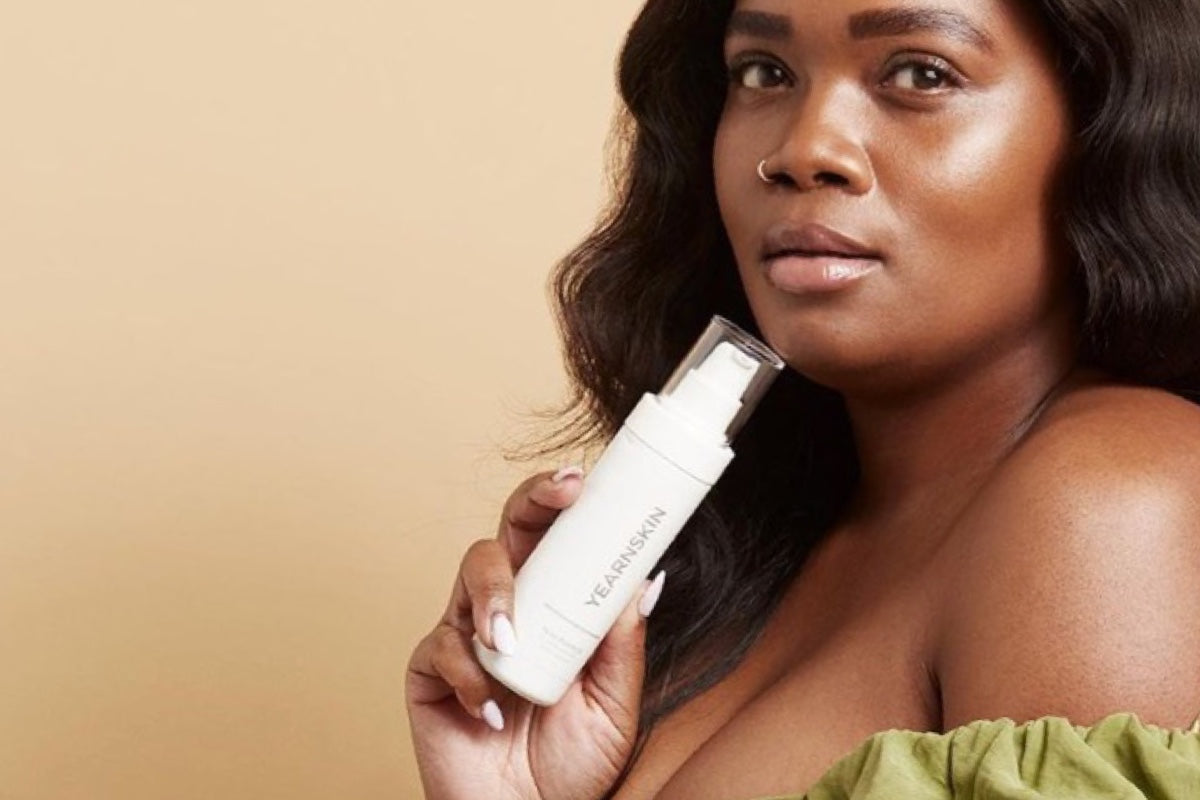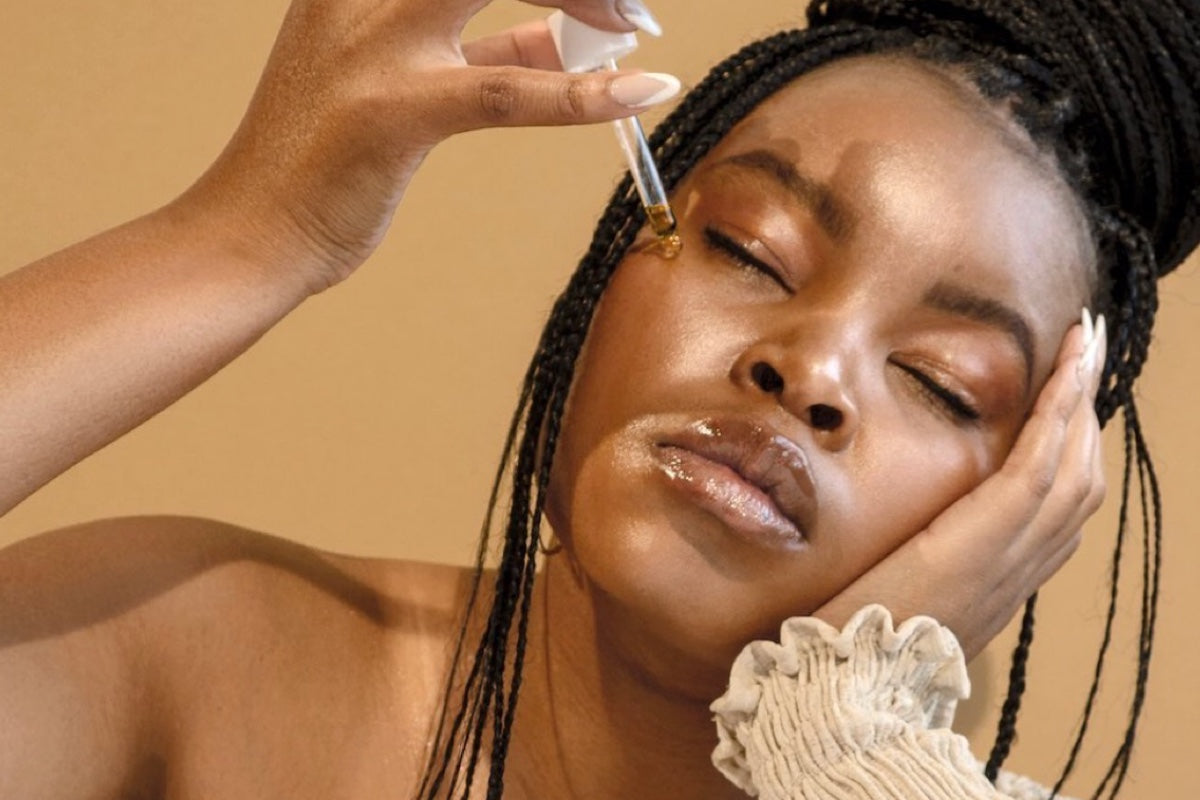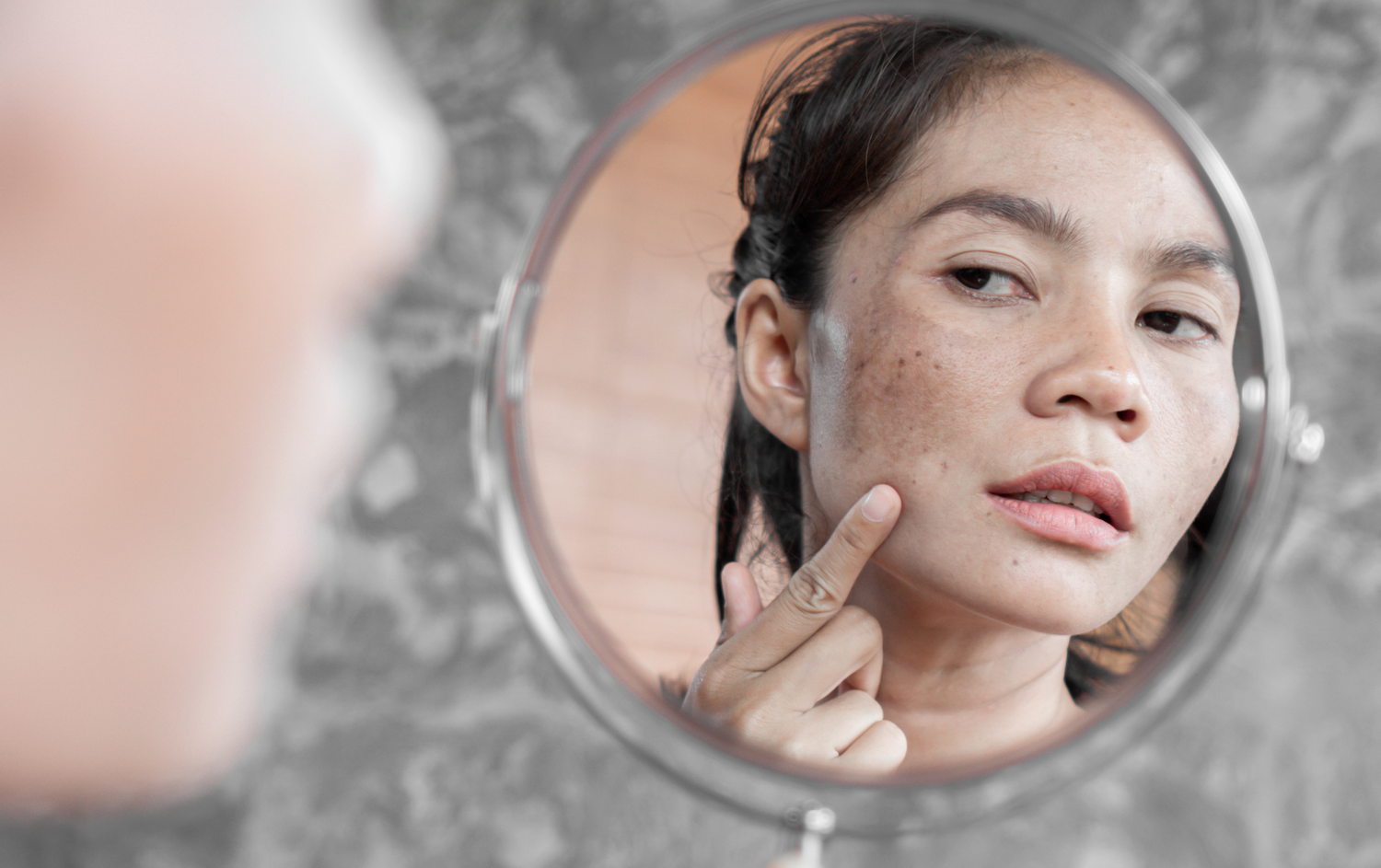Acne and pigmentation disorders are in the top three of five of the most common skin conditions in black patients in KwaZulu Natal that were revealed in a study conducted by dermatologist Dr Ncoza Dlova. Dr Dlova is the head of the dermatology department at the University of KwaZulu Natal.
In South Africa as a whole, for women with darker complexions, “oiliness, pigmentation and scarring are major concerns, while the consequences of sun damage are most vexing for women with fairer complexions,” according to a Health24 article. It also states that “we have one of the highest rates of UV-related skin damage, including skin cancer, in the world.”
It makes sense that most women yearn for skin that is brighter, more even and glows, without looking or feeling greasy.
Let’s look at the ways that we can target scarring and pigmentation particularly from acne and breakouts, which may also overlap with minimising sun damage.
TRY TURMERIC
We’ve called it the oldest trick in the beauty book. A very powerful anti-inflammatory and antioxidant, the bright yellow ingredient and spice slows down the growth of acne-causing bacteria and the production of excess oils, which together with inflamed skin, clog your pores to create the perfect breeding ground for unwanted bumps. That’s thanks to curcumin, which is the active ingredient in the turmeric root.
If it’s too late to nip the breakout in the bud, long-term use of turmeric also helps with fading dark spots left behind after scarring. Dr Purvisha Patel, a dermatologist consulted in an article on turmeric as a beauty treatment against acne, suggests using it at night. She says, “The best time to use it is before bedtime, which will be the maximum amount of time a product can stay on your skin undisrupted, and can increase absorption as the body temperature rises overnight”.
ALLOW ACIDS TO ASSIST
Try alpha hydroxy acids (AHAs), ascorbic, azelaic, kojic or lactic acids. Here’s why
AHA: helps to unclog pores and prevent scarring by removing a buildup of dead skin cells
Ascorbic: this “pigment-production-blocking ingredient... helps to block tyrosinase, an important enzyme in pigment production.”
Azelaic: is “a pigment reducer that naturally occurs in skin and blocks the production of excess melanin in the skin.”
Kojic: extracted from certain mushrooms, it “is considered a natural bleaching agent. It’s often used for age spots, so it may work best for brown-coloured pigmentation from acne.”
Lactic: this gentle peel helps fade dark scar tissue.
MAKE IT MEDICAL
For acne scars, more invasive treatments include chemical peels, corticosteroid injections, dermal fillers, laser and microneedling, which must be done by a qualified dermatologist or specialist.
SOURCES:
https://www.wellandgood.com/turmeric-for-acne/
https://www.medicalnewstoday.com/articles/324784
https://ukzn.ac.za/news/dermatology-hod-dr-ncoza-dlova-is-capped-with-a-phd/
https://www.news24.com/health24/lifestyle/beyond-beauty/sa-womens-most-common-skin-concerns-20170810
https://nymag.com/strategist/article/best-products-for-hyperpigmentation.html
https://www.healthline.com/health/beauty-skin-care/hyperpigmentation-acne#kojic-acid




